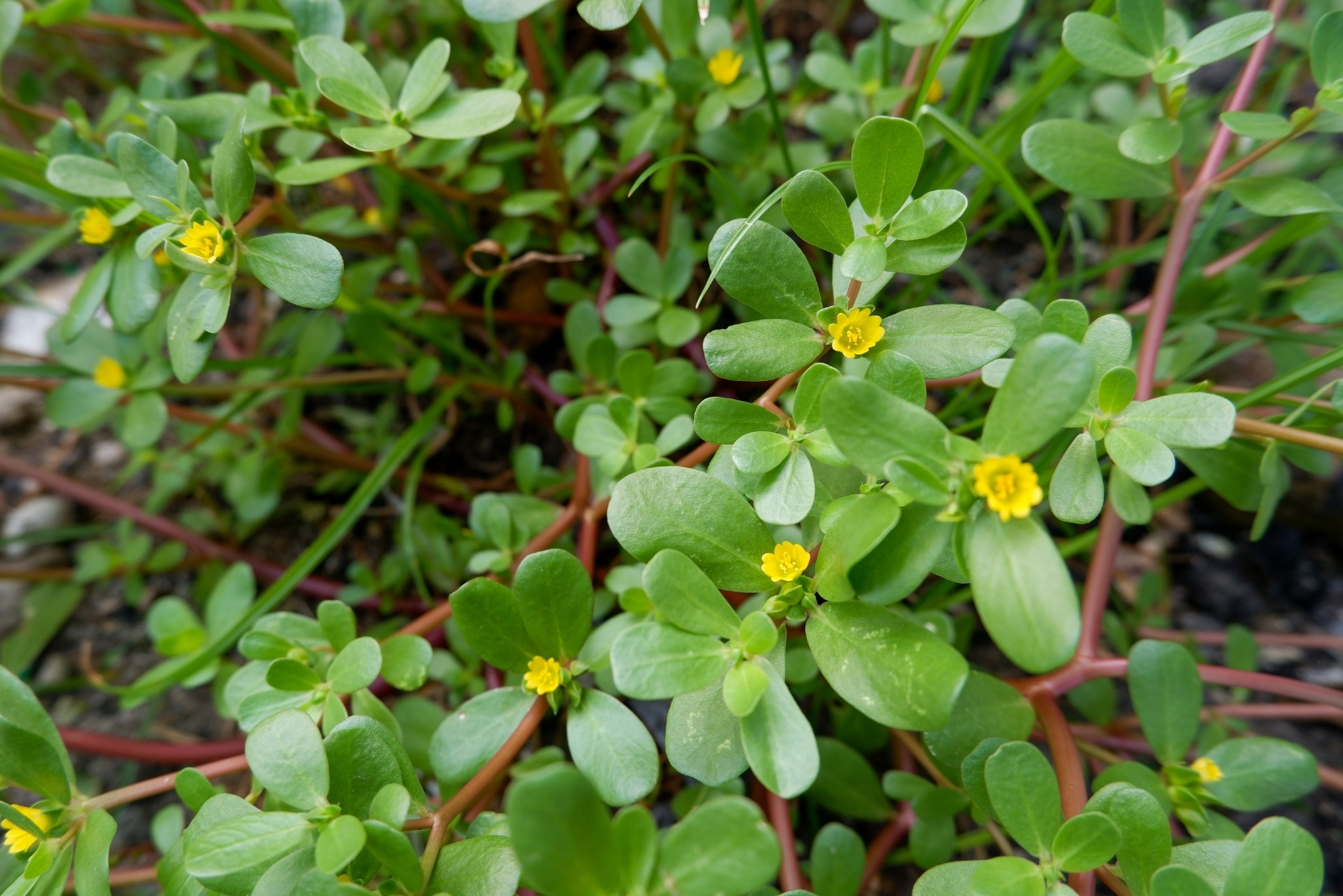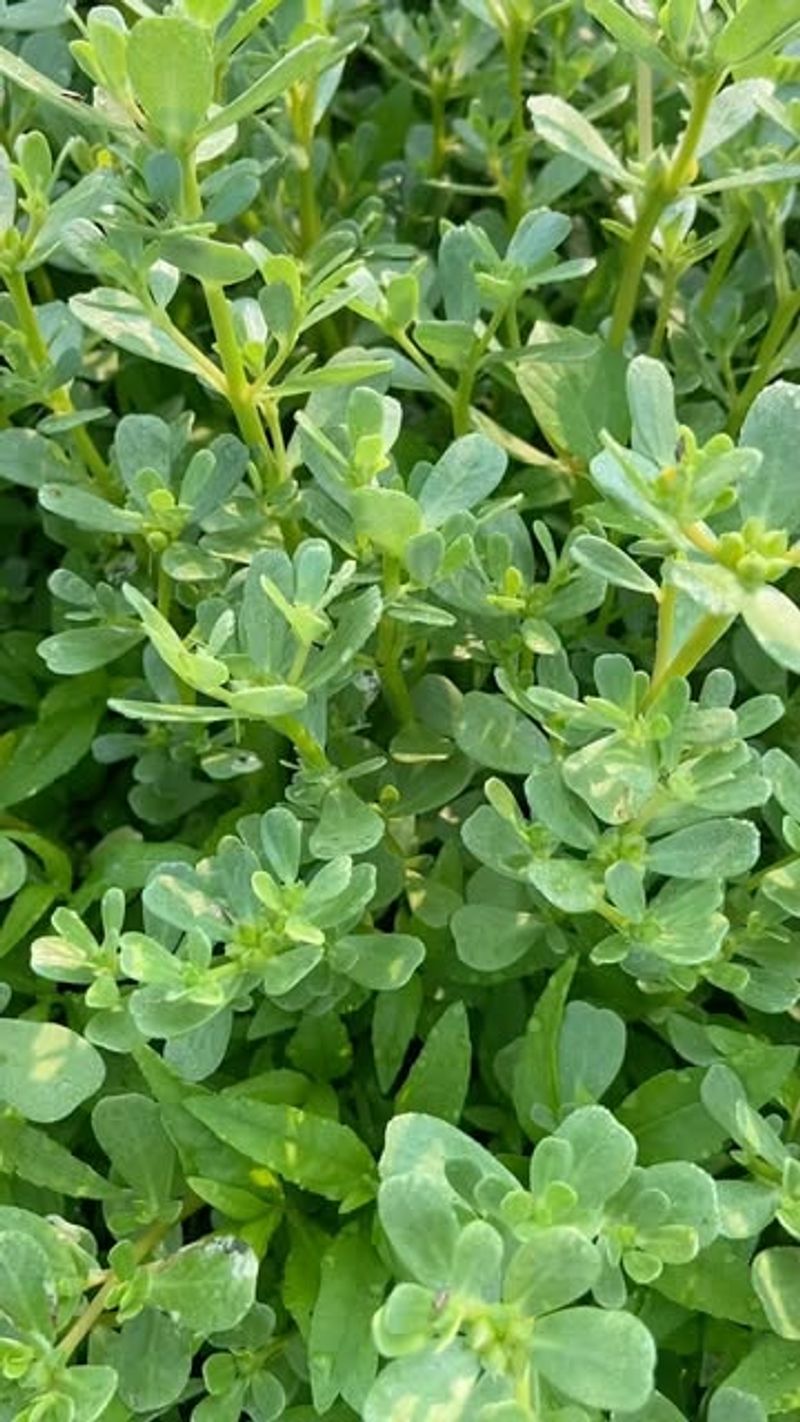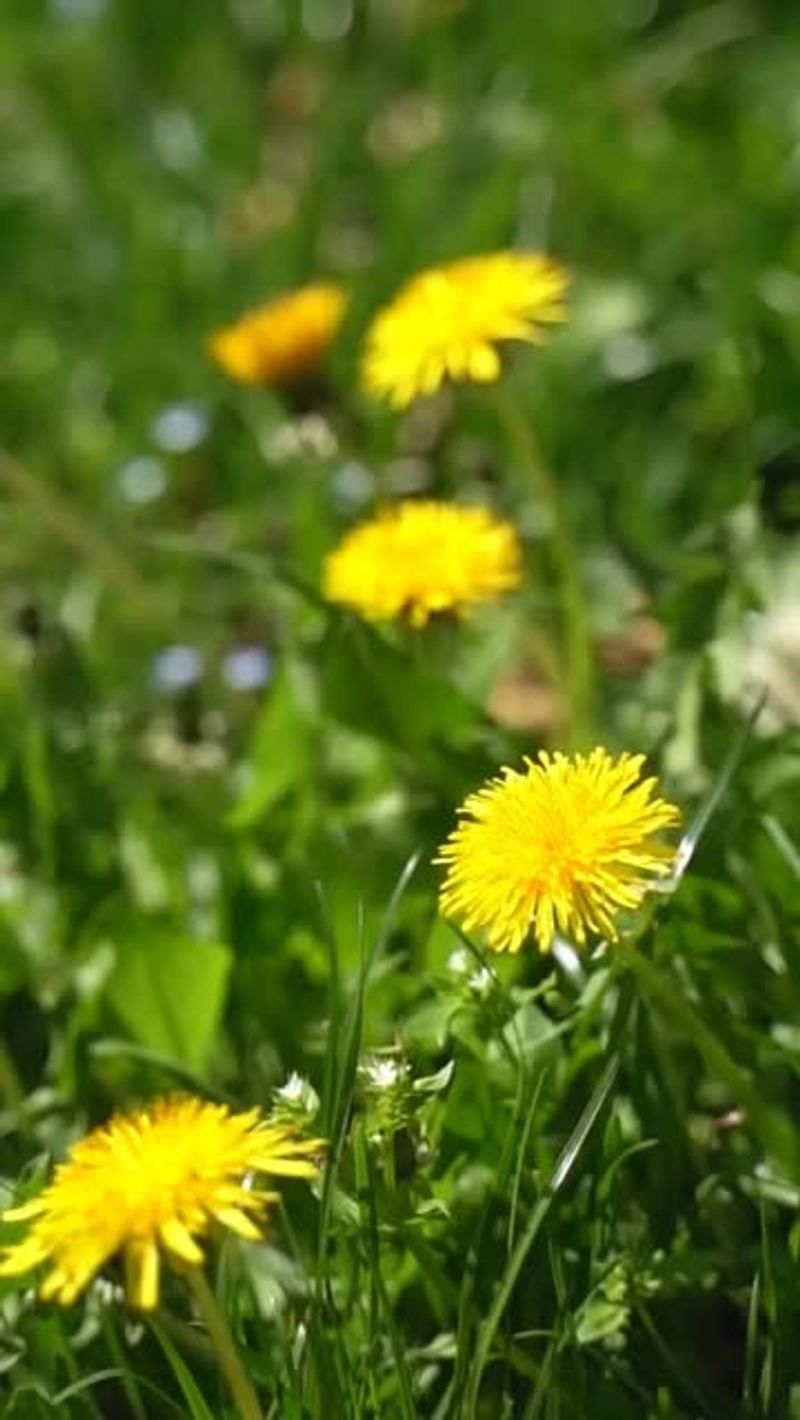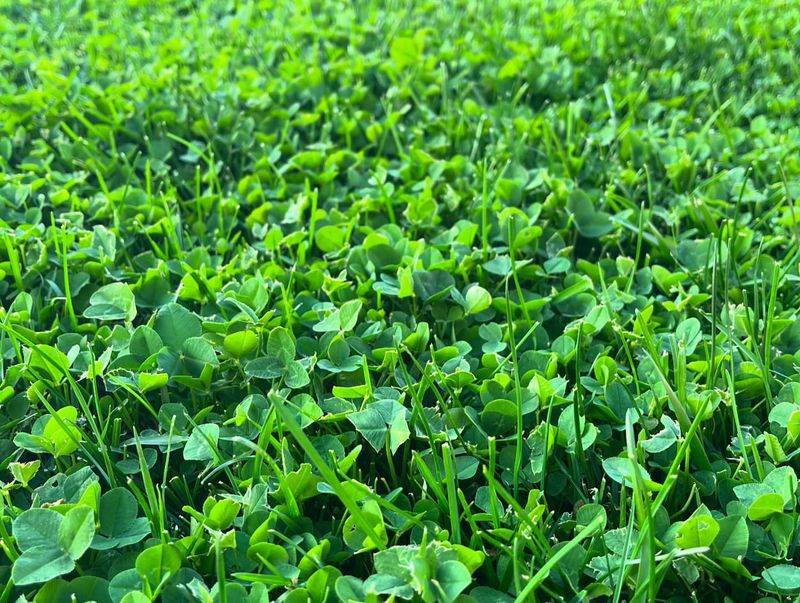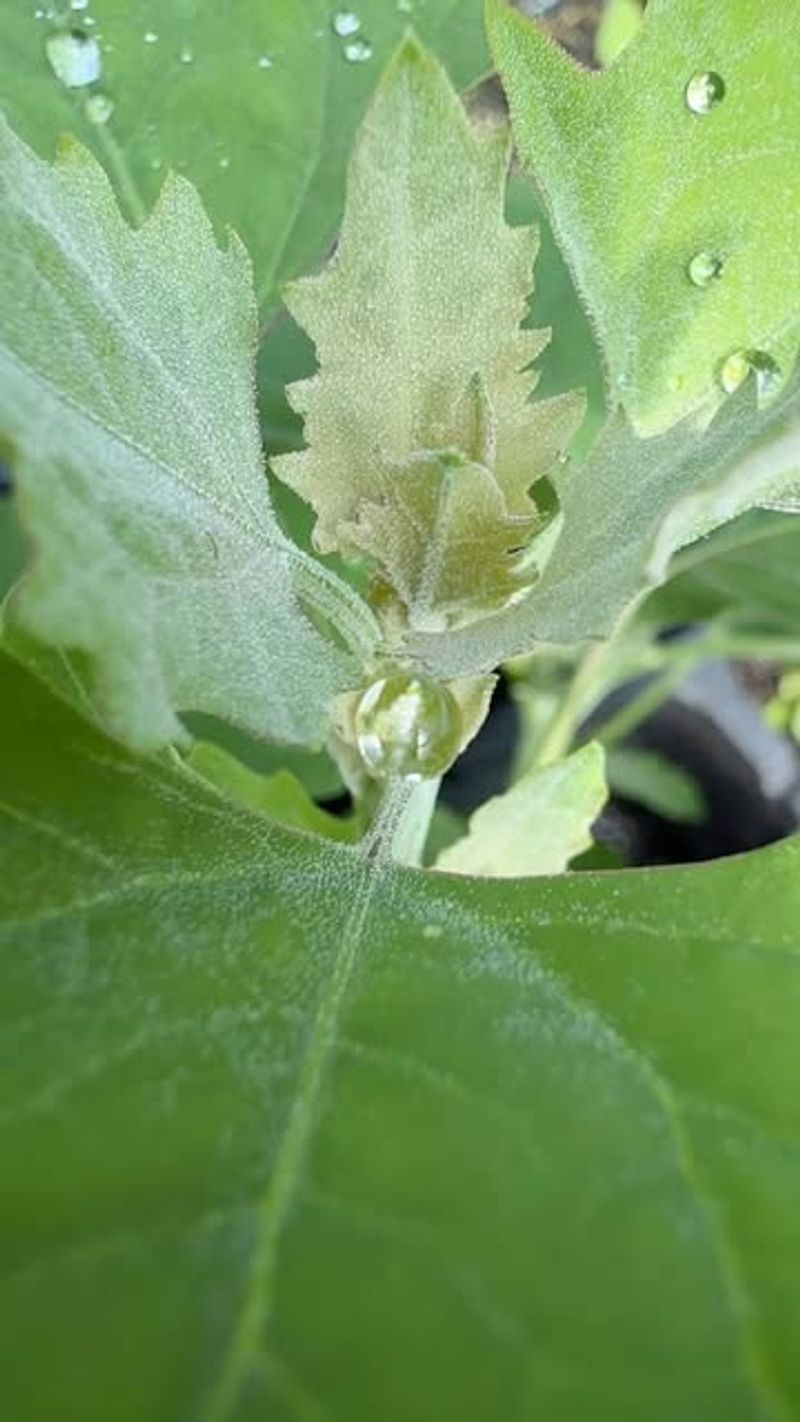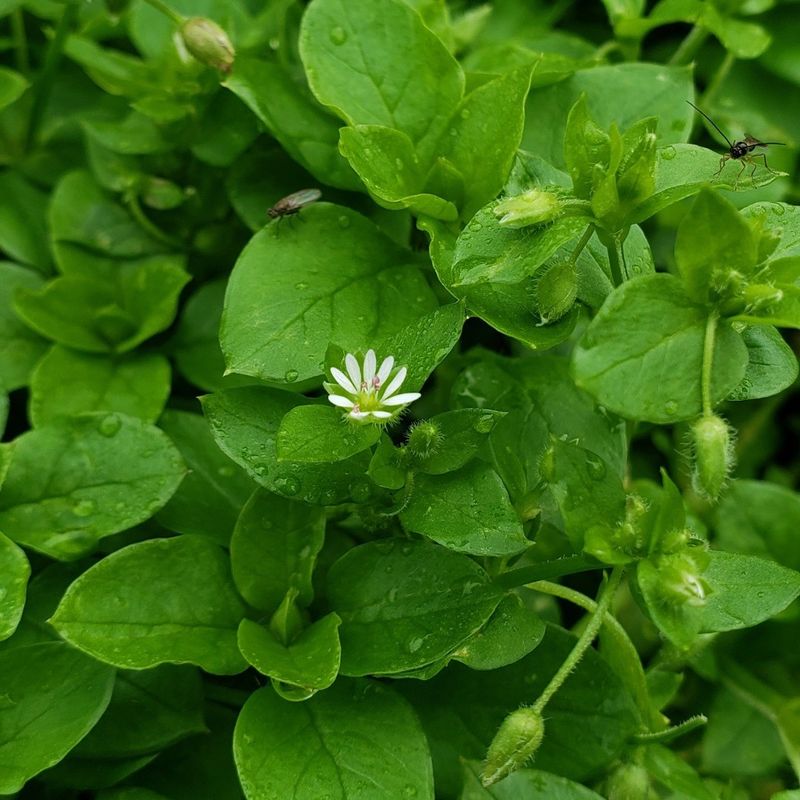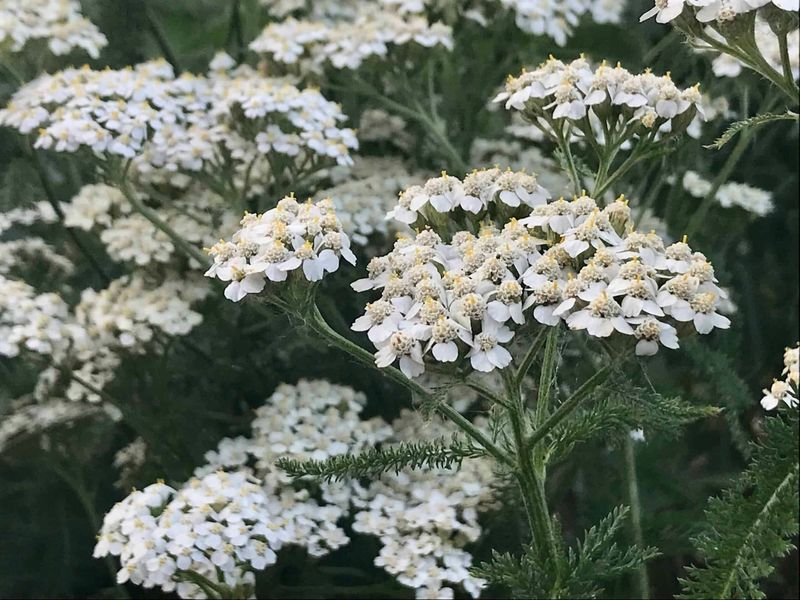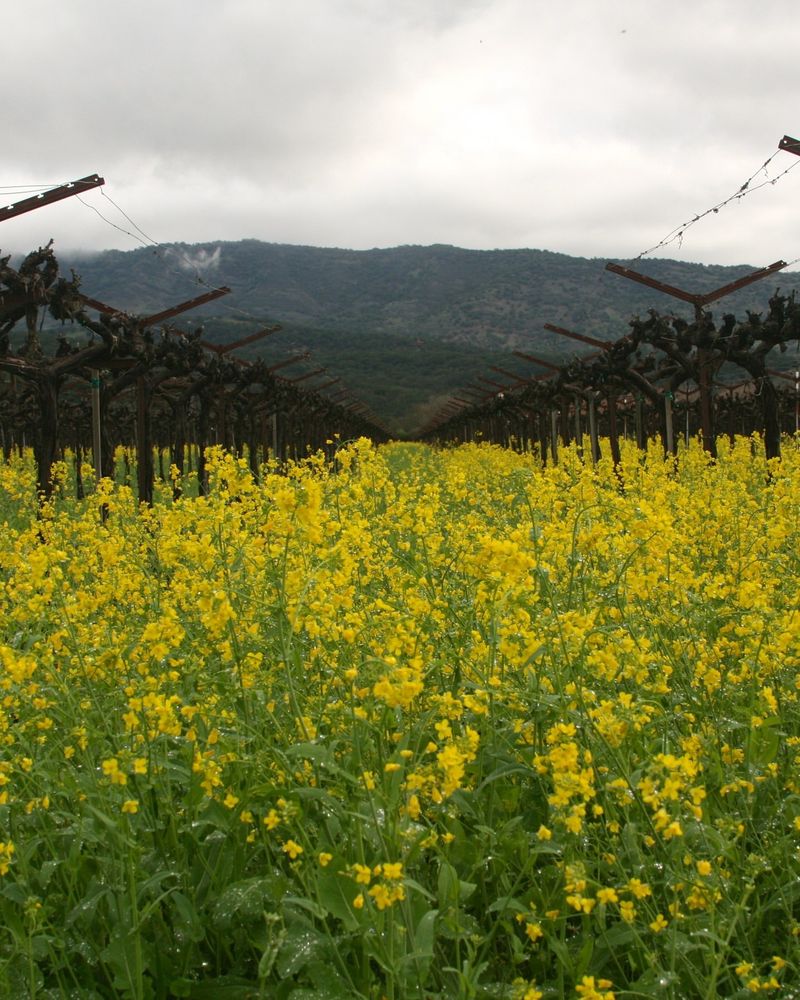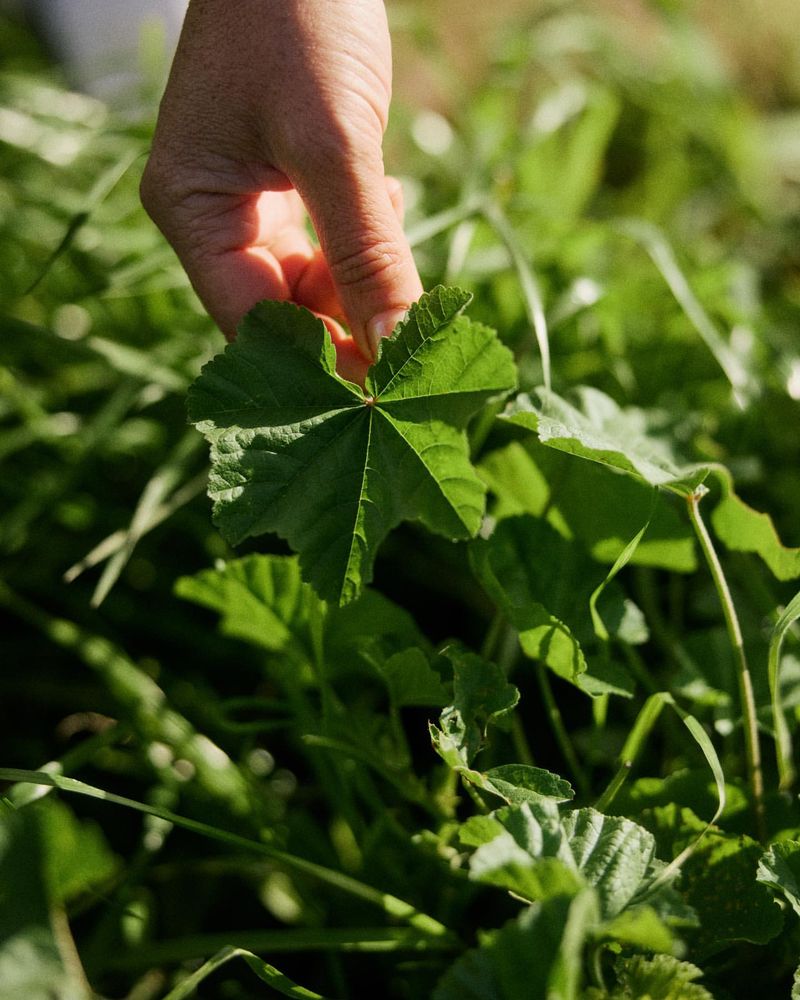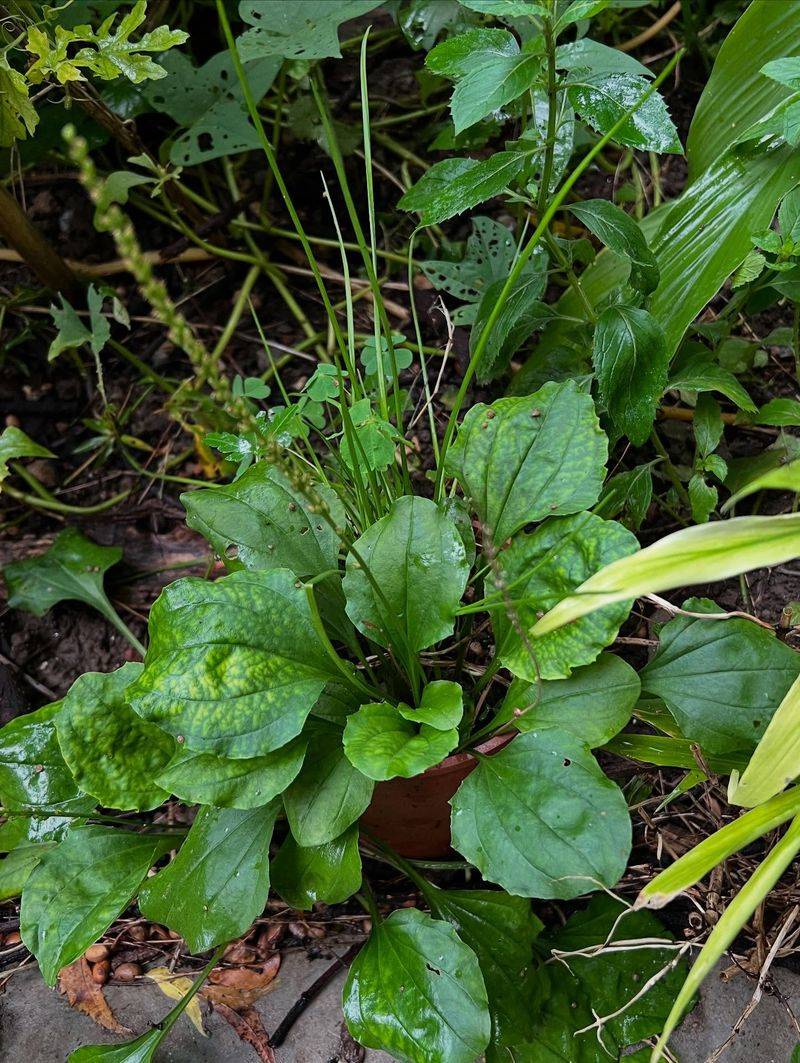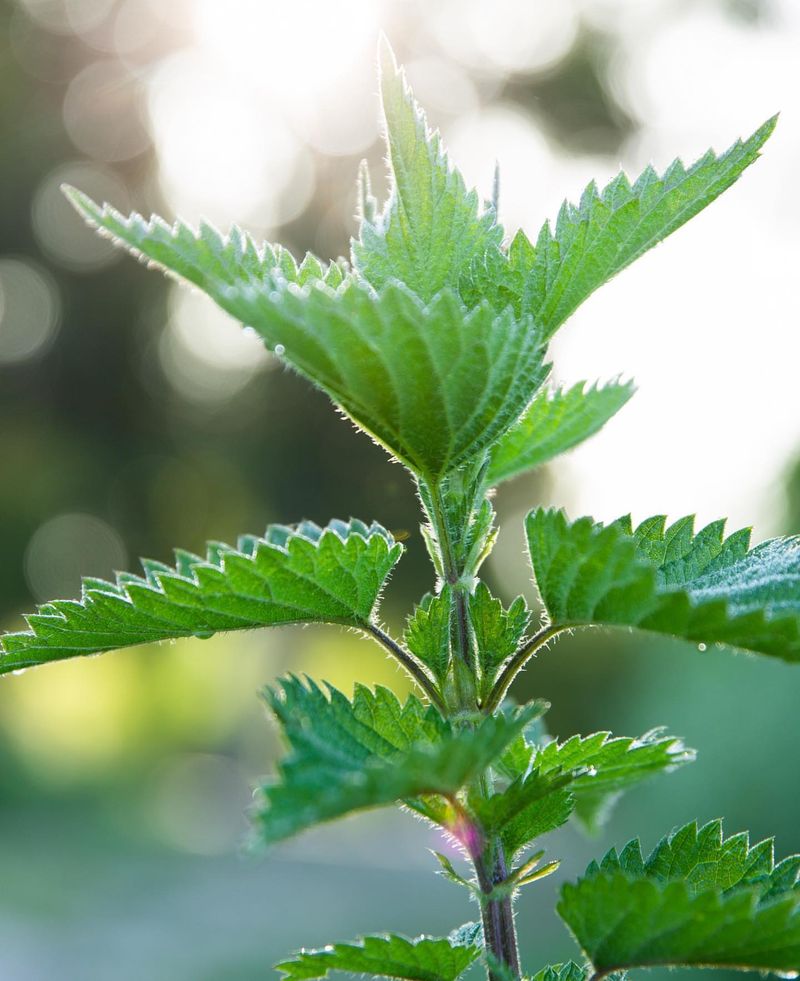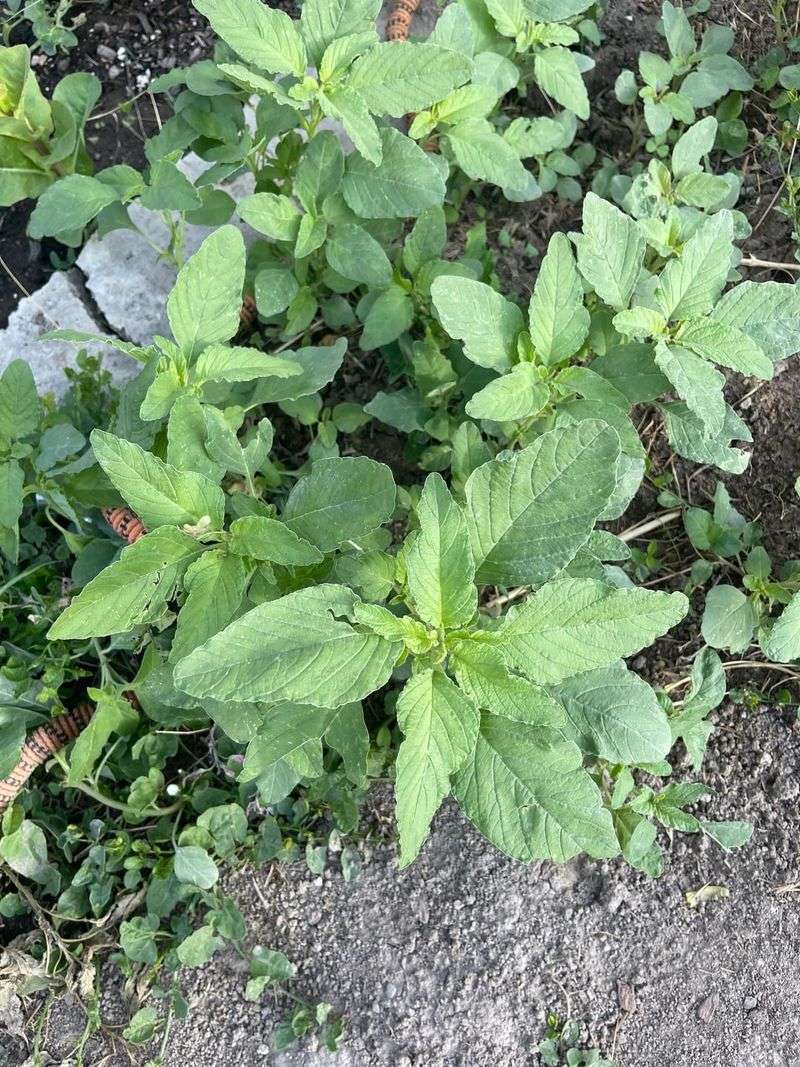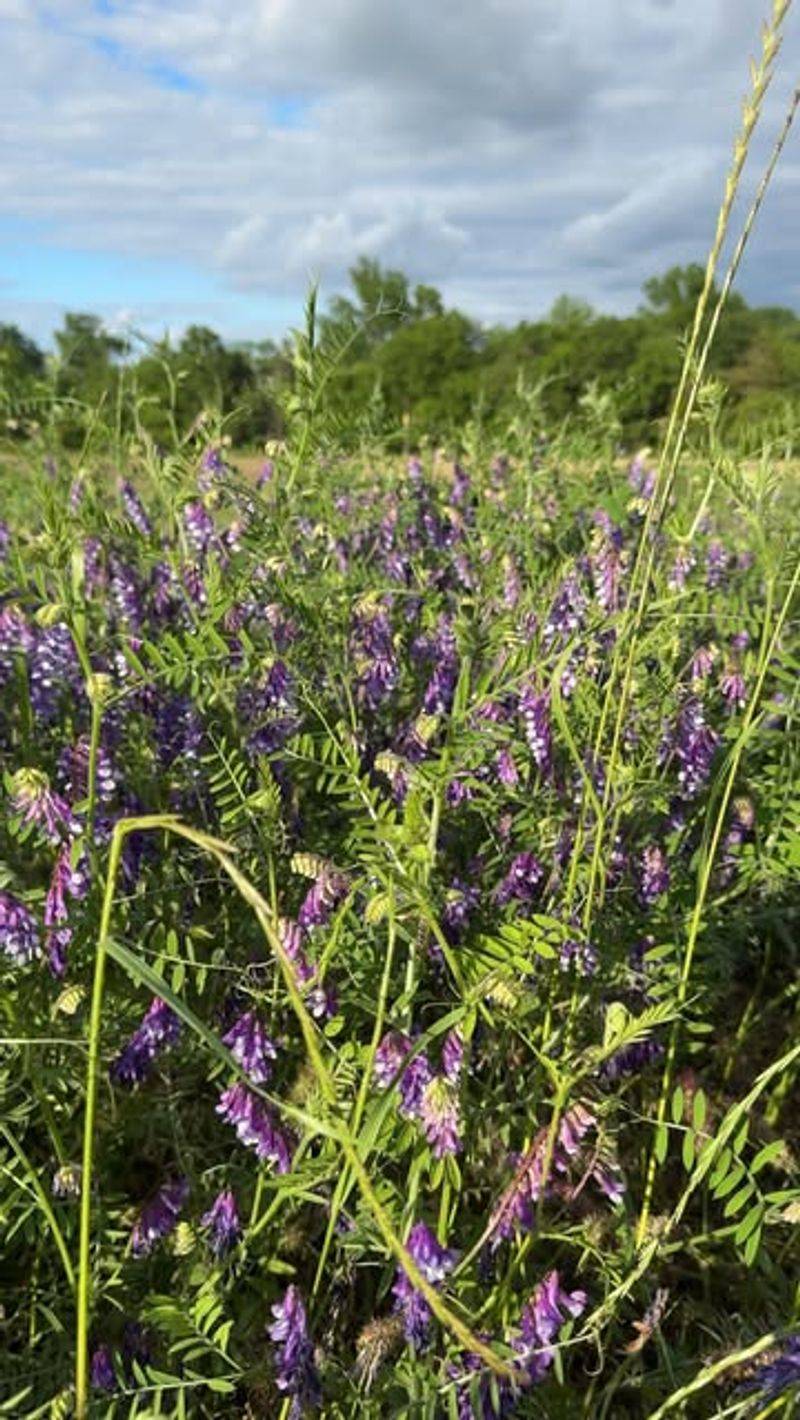California gardens often have a few unwelcome guests, but not all weeds are troublemakers. Some quietly enrich the soil, fix nutrients, and even help other plants grow stronger.
Spotting the right ones can turn a “problem” patch into a secret garden helper. These 12 weeds are surprisingly good for your garden’s health and growth.
1. Purslane
This succulent-like ground cover packs a powerful punch in California gardens by preventing erosion and adding valuable minerals. Its deep roots break up hard soil while its fallen leaves create natural mulch.
Many Golden State gardeners use purslane deliberately in their drought-tolerant landscapes. It’s edible too, containing more omega-3 fatty acids than many fish oils!
2. Dandelion
Looking beyond their fluffy seed heads reveals plants with remarkable soil-healing properties. Their long taproots pull nutrients from deep underground to the surface, essentially mining calcium from below.
California gardeners might notice how dandelions thrive in poor soil conditions across the state. When they die back, those nutrients become available to neighboring plants, naturally fertilizing your garden beds.
3. Clover
Among the most valuable “weeds” in any California landscape, clover forms a partnership with soil bacteria to capture nitrogen from the air. This natural fertilizer factory works tirelessly, enriching your garden without any effort from you.
Throughout the Golden State, savvy gardeners actually add clover seeds to their lawns. The result? Less fertilizer needed and healthier plants growing nearby.
4. Lamb’s Quarters
Often mistaken for just another garden invader, this mineral accumulator actually improves soil structure wherever it grows. The extensive root system helps prevent erosion while accessing nutrients other plants can’t reach.
Across California’s diverse growing regions, lamb’s quarters thrives in both poor and rich soils. When chopped and left as mulch, it returns calcium, magnesium and potassium to your garden beds.
5. Chickweed
This low-growing winter annual creates a living mulch that protects bare soil from erosion during California’s rainy season. Its shallow roots help aerate the top layer of soil without competing with deeper-rooted vegetables.
Many gardeners throughout the state welcome chickweed’s appearance. It indicates fertile soil and attracts beneficial insects that help control garden pests naturally.
6. Yarrow
With feathery foliage and clusters of tiny flowers, yarrow doesn’t just look pretty – it’s a powerful soil medicine. Its deep roots pull up nutrients while loosening compacted earth in California gardens.
Throughout the state’s coastal and inland areas, yarrow attracts beneficial insects that prey on garden pests. The plant accumulates phosphorus, copper and potassium, later releasing these nutrients as it breaks down.
7. Mustard
Those brilliant yellow flowers brightening California hillsides each spring aren’t just pretty – they’re soil healers. Wild mustard acts as a natural biofumigant, suppressing harmful nematodes and soil-borne diseases.
Smart gardeners across the Golden State grow mustard as a cover crop. When chopped and worked into the soil before flowering, it releases compounds that improve soil health while adding valuable organic matter.
8. Mallow
With its rounded leaves and ability to thrive in tough conditions, mallow helps heal disturbed soils throughout California. Its extensive root system breaks up compaction while improving water penetration in clay soils.
From San Diego to the Northern California border, gardeners find mallow indicating areas with good mineral content. When composted, it adds valuable biomass that feeds soil microorganisms.
9. Plantain
Not the banana relative, but the humble broadleaf weed that appears in lawns and garden paths across California. Plantain’s wide leaves protect soil from erosion and sun damage, while its roots help break up compacted earth.
Throughout the state’s diverse climate zones, plantain thrives where other plants struggle. It accumulates silica, calcium and other minerals, making them available to neighboring plants as it decomposes.
10. Nettle
Despite its sting, nettle deserves a place in California garden corners for its remarkable soil-building properties. Its deep roots mine nutrients from subsoil layers, especially bringing up iron, calcium and nitrogen.
Many organic gardeners throughout the Golden State deliberately grow nettle patches. When cut and used as mulch, nettles create nutrient-rich compost that stimulates plant growth and improves soil structure.
11. Pigweed
Often dismissed as a troublesome weed, pigweed actually serves as a soil indicator and improver in California gardens. Its presence typically signals fertile soil with good nitrogen levels and proper drainage.
Throughout the Central Valley and coastal regions, pigweed’s deep taproot breaks up compacted layers. When allowed to grow then cut before seeding, it provides green manure that enriches garden beds with organic matter.
12. Vetch
With its climbing tendrils and purple flowers, vetch works as a natural fertilizer factory in California soil. Like its cousin clover, it partners with bacteria to capture nitrogen from air and fix it into the soil.
Many vineyard managers across California’s wine regions plant vetch between rows. It prevents erosion on hillsides while building soil fertility naturally, reducing the need for synthetic fertilizers in the garden.

